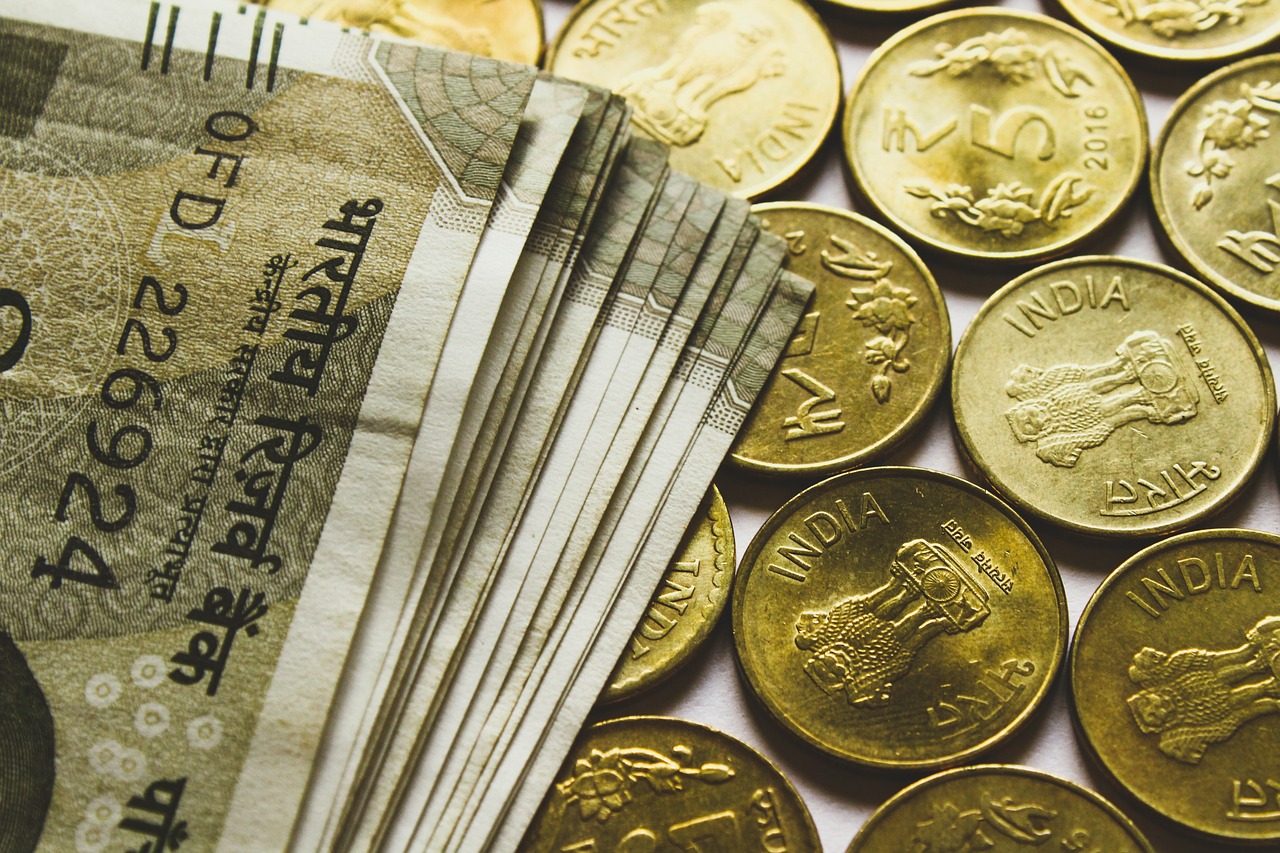A drastic devaluation of the Indian rupee has been observed in 2022, what with it hitting the all-time feared low of 83 rupees. However, our currency has not been the only one to plummet this year. The powerful British pound and Euro have also fallen in value. International events like the Ukraine crisis, Indian traders shifting their funds towards foreign stocks, hike in interest rate of US Federal reserve, have taken a toll on these currencies.
Indian trade has been suffering the direct consequence of the declining rupee, which will eventually lead to strain in the industrial sector. The low value of the rupee creates pressure on the already high import prices of crude and raw materials, resulting in higher imported inflation and a broader trade deficit. Industrial production costs are prone to be on the rise in the automotive, electronic, hardware and other sectors where import dependency is high. Mohit Nigam, head of PMS at Hem Securities, said, "The rupee will be under pressure as the dollar index may significantly rise as a result of the US Fed's commitment to raise rates in a more hawkish manner in the upcoming months, which may lead the rupee to fall further to 82 to 83.5 levels."

On the contrary, this would bring about cheaper foreign exports and make the economy more exports dependent. Trade statistics clearly point to a widening trade deficit, with a much significant rise in imports as compared to the rise in exports, and the first quarter of FY 2022-23 seeing the highest current account deficit (CAD) in nearly a decade. Broadly, there are two kinds of exports; service and merchandise. Service exports seem to have been favourable in FY 2022-23, but merchandise exports, on the other hand, have remained subdued and are rather prone to decline.

The most prominent slowdown has come from engineering goods that comprise of products such as auto components, cars, machinery and steel. This has seen the lowest trajectory in August 2022, declining from $9.6 billion to $8.2 billion. Engineering goods fell from 28.8 percent of total exports in August 2021 to 24 percent in August 2022. Part of the fall could be on account of falling raw material prices for metals that are immediately passed on to buyers. But sales of finished goods like two-wheelers are also down. Bajaj Auto saw a 33 percent export decline in the month of September 2022.
Petroleum products made up 28 percent of imports in August 2022, up from 20.8 percent in August 2021. A depreciating rupee also pushed up the cost of petroleum products for Indian consumers.
Indian exporters will have to face the brunt of low demand for their products and services









